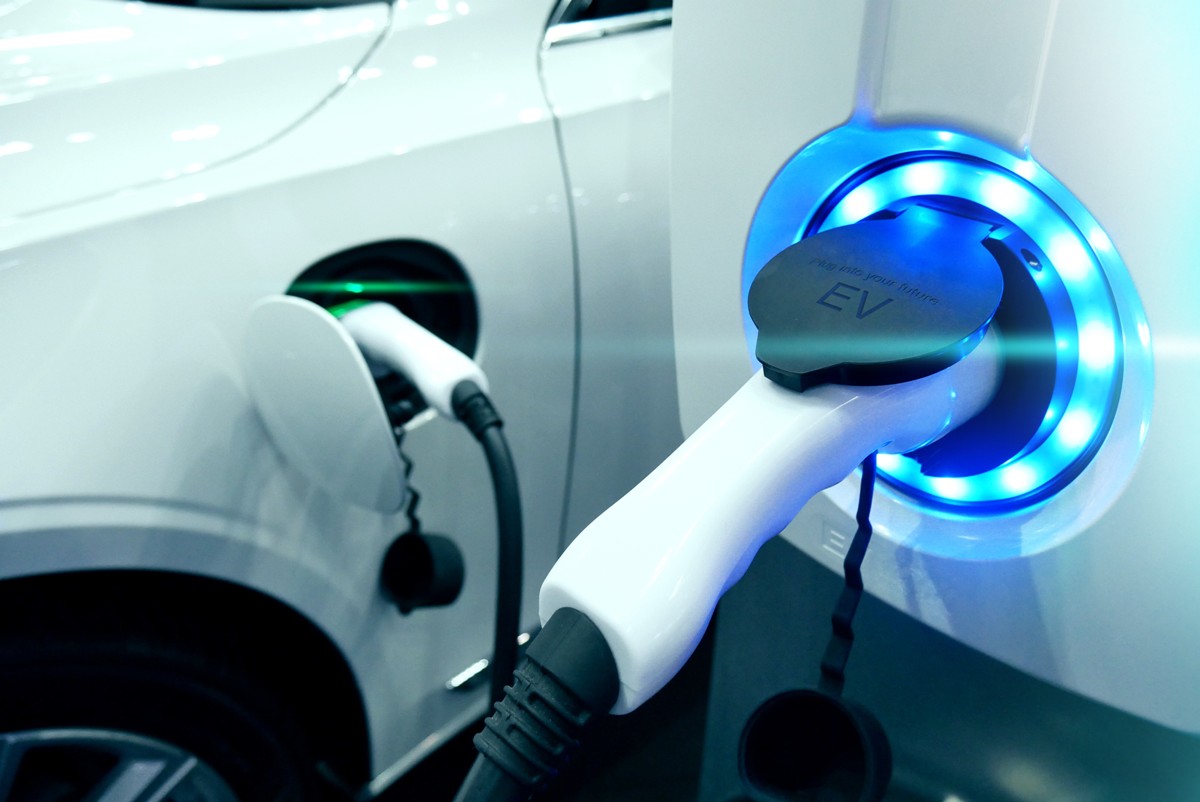Craig Ormerod, a Senior Manager at TÜV SÜD, provides his view on safety testing for electric vehicle batteries.
Lithium-ion (Li-ion) batteries have proven invaluable in electric vehicle (EV) development, but they carry with them potential safety hazards which must be managed. However, improvements in design, materials, construction and manufacturing processes mean that their safety has improved dramatically. Ensuring their safety and reliability requires thorough and accurate testing, which includes:
* Life cycle testing – verifies how long a battery lasts and demonstrates the quality of the battery. These tests include environmental cycle testing and calendar life testing.
* Performance testing – demonstrates the efficiency of batteries, such as performance testing under various climatic conditions.
* Environmental and durability testing – demonstrates the quality and reliability of a battery through tests including vibration, shock, EMC, thermal cycling, corrosion, dust, salt and humidity.
* Abuse testing – simulates extreme environmental conditions and scenarios to test batteries beyond limits.
* Dynamic impact tests – simulates a real vehicle accident to determine the true safety performance of the battery when the car body is deformed.
* Transportation tests – UN 38.3 is a series of tests to verify the robustness of batteries against conditions encountered in shipment.
For EVs, large battery packs connect to the vehicle’s electric powertrain. These packs are constructed by connecting modules together, adding sensors and a battery management system (BMS). They deliver an extremely high voltage and can be moulded to fit the host vehicle and may also form part of its structure.
Safety tips for module and pack designs include:
* Use physical partitions and fire breaks to minimise fire propagation
* Employ good thermal management
* Use pressure vents / relief mechanisms to safely deal with excessive pressures
* Utilise sensors and BMS to identify abnormal behaviours
* Use materials appropriate for foreseeable temperatures
* Use constructions with adequate mechanical strength appropriate for the real world
The BMS consists of both hardware and software elements, which contribute to vehicle safety and performance. The hardware generally includes current sensing capabilities for state of charge (SoC) estimation and for safety. It must also detect leakage current faults, which could render the vehicle chassis “live” and therefore highly dangerous, if not lethal. Effective fusing will also provide overcurrent protection. A pre-charge element should be incorporated to energise circuits via current limiting components to minimise inrush currents. Relays and contactors will also provide safe and reliable connection/disconnection to and from the vehicle.
The software element of the BMS provides the interface and communications to the vehicle (CAN bus). The incorporation of diagnostics and health software monitors SoC (under/over charge), which is important for control, safety and vehicle range estimation. State-of-health functions will also determine battery degradation over time and predict end of usable life. The software delivers control over the battery’s function, including electrical isolation, thermal management, charge/discharge and cell balancing.
5G will also be a driver of smart battery maintenance, using ‘Data Over the Air’ and ‘Software Over the Air’. This means that real-time data can be used to optimise battery charging and discharging, and support predictive maintenance and failures, as well as remote troubleshooting. On the fly software updates will deal with battery ageing and extreme operating conditions, such as hot or cold environments.
Because of the energy requirements to power EVs, high voltage / high capacity battery packs are needed. Depending on the configuration, battery modules can be high voltage (>50Vdc), therefore presenting an electric shock and energy hazard, and vehicle battery packs will certainly present both. It is therefore essential that people working with high voltage systems are aware of the potential dangers and protective measures. Battery safety and testing must also be a key consideration and EV battery specifications and compliance is becoming ever more critical.

